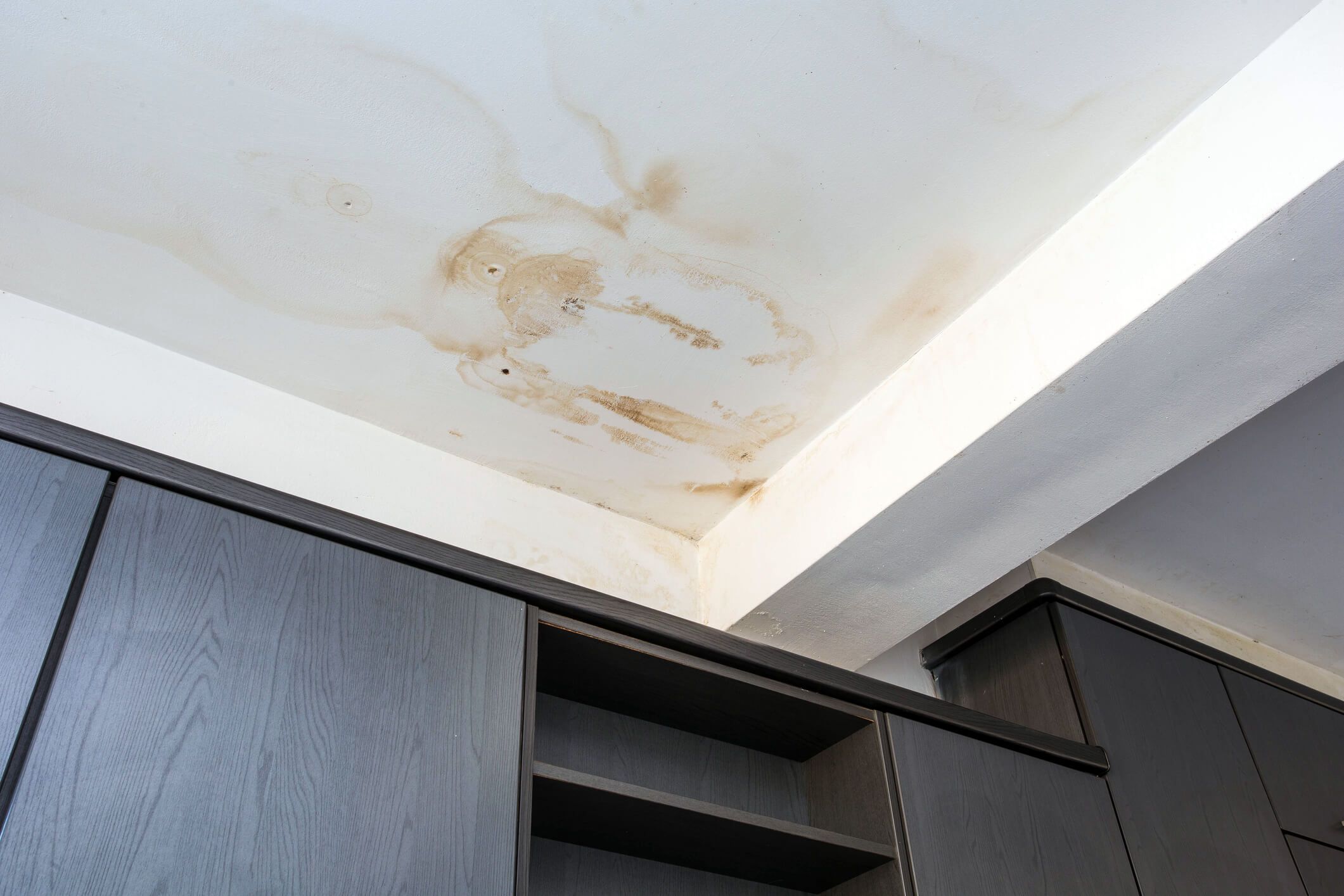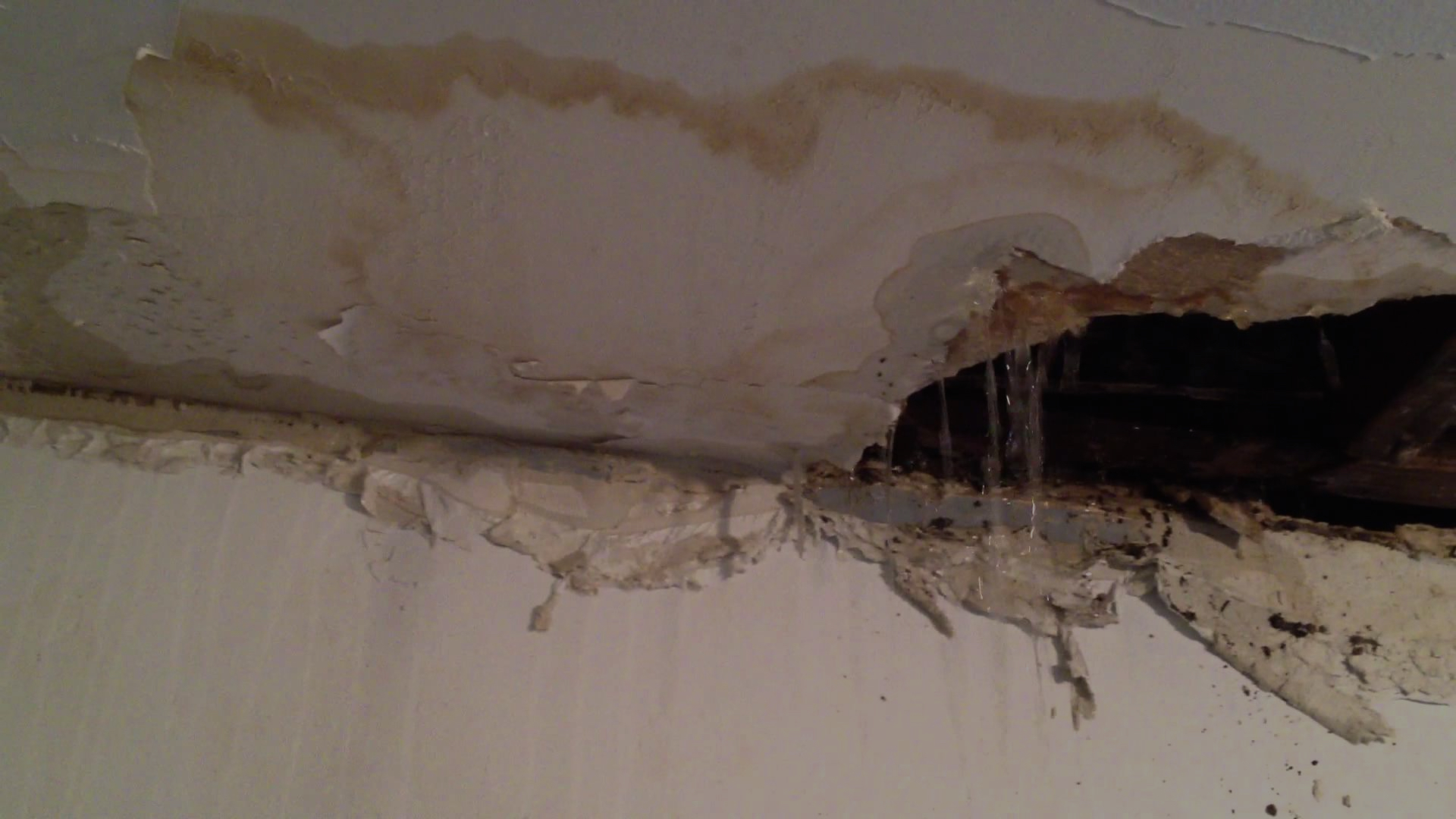Understanding the Problem: Leak From Bathroom Into Ceiling

A leak from the bathroom into the ceiling can be a frustrating and potentially costly problem. Understanding the common causes and signs of these leaks is crucial for addressing them effectively.
Common Causes of Leaks
Leaks from the bathroom into the ceiling can arise from various sources, primarily related to plumbing issues. Here are some common causes:
- Faulty Plumbing: Over time, plumbing fixtures and pipes can deteriorate due to corrosion, wear, or improper installation. This can lead to leaks at various points in the system.
- Clogged Drains: When drains become clogged, water can back up and overflow, potentially leading to leaks into the ceiling. This can occur in sinks, tubs, showers, or even toilets.
- Damaged Pipes: Pipes can become damaged due to various factors, including freezing temperatures, shifting foundation, or accidental impact. These damages can create leaks that may not be immediately apparent but can lead to serious problems over time.
Examples of Leak Scenarios
The following scenarios illustrate how leaks can occur in different bathroom areas:
- Leaking Showerhead: A loose or worn-out showerhead can cause water to leak continuously, potentially leading to water damage on the ceiling below.
- Broken Toilet Tank: A crack or malfunctioning fill valve in the toilet tank can cause water to leak into the bowl and potentially overflow, leading to leaks into the ceiling.
- Cracked Bathtub: A crack in the bathtub can allow water to seep through, potentially leading to leaks into the ceiling below. This can be particularly problematic if the crack is near the drain.
Signs of a Leak
Recognizing the signs of a leak is essential for addressing the problem before it becomes severe. Common signs include:
- Water Stains on the Ceiling: Discolored patches on the ceiling, especially around the bathroom area, can indicate a leak. The stains may be brown or yellow, depending on the type of water and the duration of the leak.
- Dripping Sounds: Hearing water dripping or running sounds from the ceiling, especially when the bathroom is in use, is a clear indication of a leak. This sound can be intermittent or continuous, depending on the severity of the leak.
- Musty Smell: A musty or damp odor in the bathroom or surrounding areas can be a sign of a leak, especially if the leak has been present for some time.
Identifying the Source of the Leak

Pinpointing the exact location of a leak is crucial for effective repair. The source may not be immediately obvious, requiring a systematic approach to locate the point of origin.
Visual Inspection, Leak from bathroom into ceiling
A thorough visual inspection is the first step in identifying a leak. This involves carefully examining the visible areas for signs of water damage, such as discoloration, dampness, or peeling paint. It’s essential to check all plumbing fixtures, pipes, and surrounding areas for any visible leaks.
Using a Moisture Meter
A moisture meter is a valuable tool for detecting hidden leaks. This device measures the moisture content of materials, helping to pinpoint areas with elevated moisture levels. Moisture meters are particularly useful for identifying leaks behind walls or under floors, where visual inspection is limited.
Listening for Dripping Sounds
In some cases, leaks can be detected by listening for dripping sounds. Pay close attention to the sounds coming from walls, ceilings, and pipes, especially during periods of water usage. If a dripping sound is heard, try to trace the sound to its source.
Tracing the Path of the Water
Once a leak is suspected, it’s important to trace the path of the water to determine the exact point of origin. This may involve following water stains, dampness, or the flow of water itself. The path of the water will lead to the source of the leak.
Inspecting Plumbing Fixtures
Each plumbing fixture should be carefully inspected for signs of leaks. This includes checking for leaks around faucets, showerheads, toilets, and sinks. Look for signs of water dripping, running, or pooling around these fixtures.
Inspecting Pipes
Pipes are another common source of leaks. Visually inspect all exposed pipes for signs of corrosion, cracks, or leaks. Pay close attention to areas where pipes connect to fixtures or other pipes. It’s also important to check for leaks in pipes that are concealed behind walls or under floors.
Inspecting Surrounding Areas
Finally, it’s essential to inspect the surrounding areas for signs of leaks. This includes checking for water damage in ceilings, walls, floors, and cabinets. Look for signs of water stains, mold, or mildew.
Repairing the Leak
Once the source of the leak has been identified, the next step is to repair the damage. This process involves addressing the leaking component, ensuring proper sealing, and preventing future leaks.
Repairing the Damaged Area
Repairing a leak requires access to the damaged area. This may involve removing ceiling tiles, drywall, or other materials to expose the leaking component. The specific steps will vary depending on the type of leak and the location of the damage.
- Turning off the water supply: Before attempting any repairs, it is crucial to turn off the water supply to the affected area. This prevents further damage and ensures a safe working environment. Locate the shut-off valve for the affected pipe or fixture and turn it completely off.
- Accessing the leak: The next step is to access the leaking component. This may involve removing ceiling tiles, drywall, or other materials to expose the damaged area. Be careful not to damage any surrounding structures while accessing the leak.
- Repairing the leaking component: Once the leaking component is exposed, you can begin the repair process. This may involve tightening loose connections, replacing damaged pipes, or sealing cracks and holes. The specific repair method will depend on the type of leak and the severity of the damage.
- Testing for leaks: After completing the repair, it is essential to test for leaks. Turn the water supply back on and carefully inspect the repaired area for any signs of leakage. If any leaks are detected, repeat the repair process until the leak is completely sealed.
